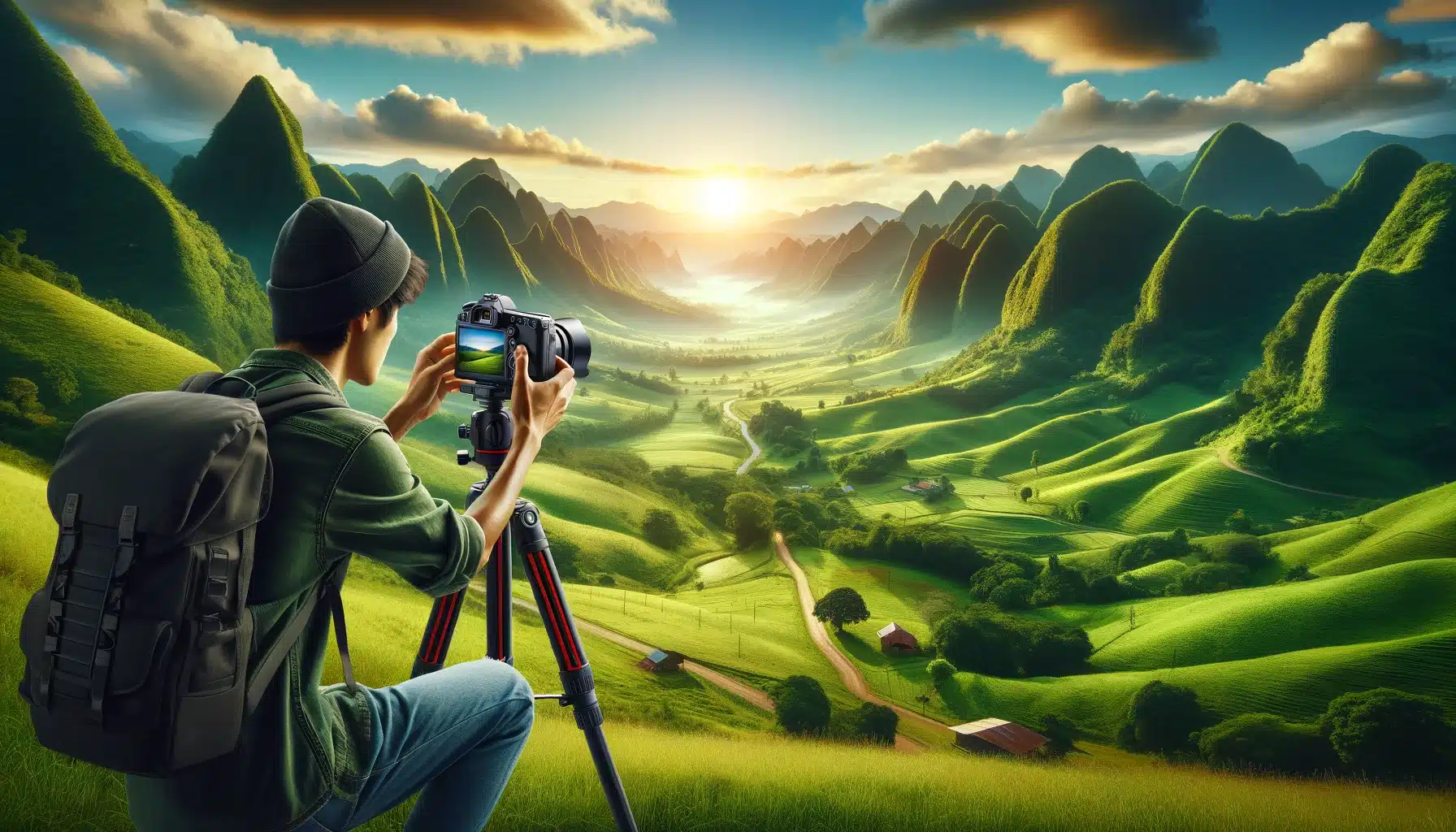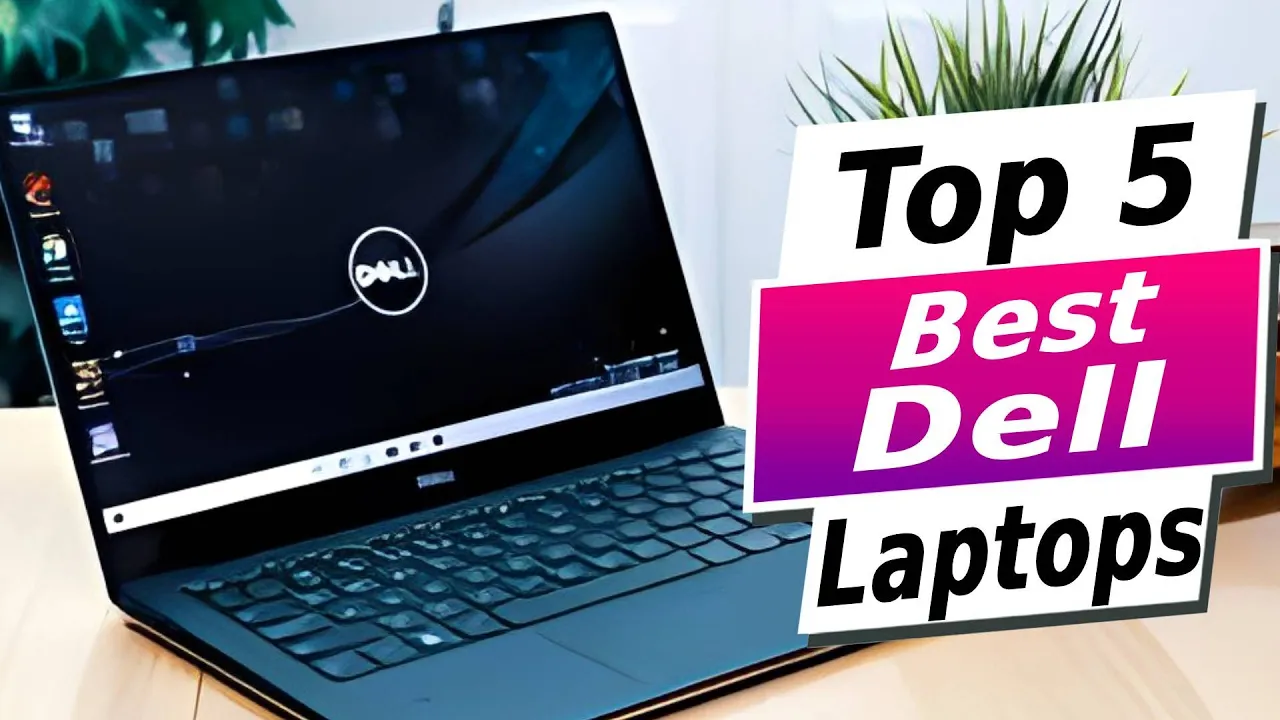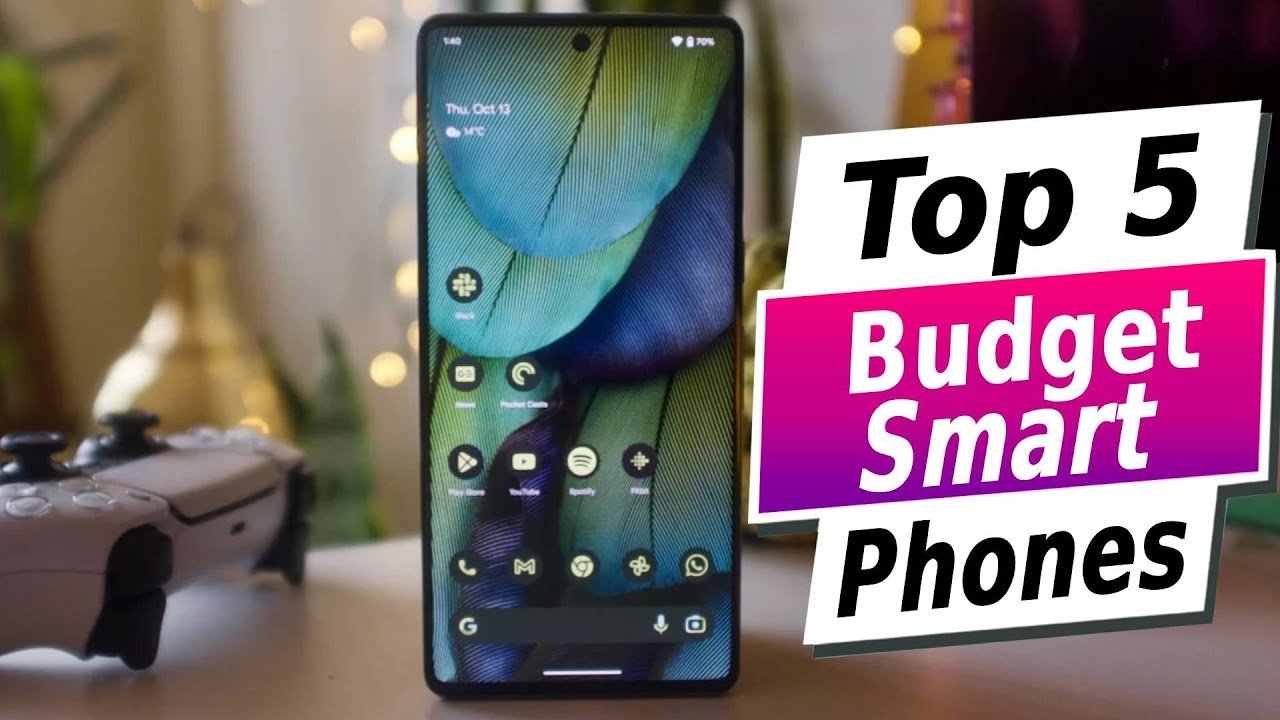Getting into landscape photography is exciting, especially when you’re surrounded by beautiful scenery just waiting to be captured. But before you dive in, there’s one key decision you need to make: finding the best beginner camera. The right camera can help you learn faster, take stunning photos, and make the entire experience more enjoyable. Whether you’re hiking through mountains, exploring cityscapes, or capturing sunsets by the sea, choosing the right camera is crucial.
So, how do you choose the best beginner camera for landscape photography? Let’s break it down.
Key Factors to Consider in a Beginner Camera
When you’re just starting, it can be overwhelming with all the options out there. To simplify things, here are the top factors to consider:
Importance of Image Quality
The most important feature of any camera for landscape photography is the image quality. You want crisp, vibrant images that do justice to the beautiful landscapes you’re photographing. Look for a camera with high resolution and a good dynamic range, which will allow you to capture the full spectrum of light, from shadows to highlights.
Sensor Size: Full-Frame vs. Crop Sensor
Full-frame cameras have larger sensors that capture more detail and perform better in low light. Crop sensors (APS-C), however, are often more affordable and lighter. Both can take fantastic landscape shots, but if budget allows, full-frame gives you an edge in image quality.
Ease of Use and Learning Curve
As a beginner, you don’t want to feel overwhelmed with complex settings. Look for a camera that has beginner-friendly modes, a simple interface, and an intuitive design, so you can focus more on shooting and less on figuring out settings.
Durability and Weather Sealing
Landscapes often involve unpredictable weather. A camera with solid construction and weather sealing can be a lifesaver, especially if you’re shooting in rain, snow, or dusty environments.
Types of Cameras for Landscape Photography
There are a few types of cameras you’ll come across when choosing the best one for landscape photography. Each has its pros and cons.
DSLR Cameras
DSLRs have been the go-to option for years, and they’re known for their durability and robust performance. They often come with a wide selection of lenses, making them versatile. However, they tend to be bulkier compared to mirrorless options.
Mirrorless Cameras
Mirrorless cameras are quickly becoming the new favorite, thanks to their compact size and advanced technology. They often come with high-resolution sensors and excellent image quality, making them perfect for landscape photographers who want to travel light.
Compact Cameras
If portability is your main concern, a compact camera can be a good choice. While they may not have the versatility of interchangeable lenses, some models still offer great image quality and can be easier to carry on long hikes.
Action Cameras
Though not typically associated with landscape photography, action cameras like GoPros can be surprisingly useful in rugged environments. Their wide-angle lenses and durability make them good companions for adventure landscapes.
Top Features to Look for in a Landscape Photography Camera
Here are some must-have features when evaluating the best beginner camera for landscape photography:
High Resolution and Megapixels
Higher resolution means more detail, which is key for landscapes. Look for a camera with at least 20 megapixels to ensure sharp, detailed images.
Dynamic Range
Dynamic range refers to the camera’s ability to capture both the darkest and brightest areas of a scene. A high dynamic range is crucial for landscape photography, especially when shooting sunrise or sunset.
Low-Light Performance (ISO Range)
Landscapes aren’t always shot in perfect light. You’ll often find yourself photographing early in the morning or late in the evening, so a camera with good low-light performance is important.
Lens Compatibility
Being able to switch lenses gives you flexibility in your shots. Make sure the camera you choose supports a variety of lenses, especially wide-angle lenses that are popular for landscapes.
Best Beginner Cameras for Landscape Photography
Here are some of the best beginner-friendly cameras for landscape photography:
Canon EOS Rebel T8i
The Canon EOS Rebel T8i is a great DSLR option for beginners. It offers excellent image quality, a 24.1 MP sensor, and is relatively easy to use. Its intuitive interface makes it easy for beginners to get started while still offering enough features for more advanced shooting.
Nikon D5600
The Nikon D5600 is another solid DSLR with a 24.2 MP sensor. It’s compact, lightweight, and has an articulating touchscreen, which is helpful for shooting landscapes from awkward angles.
Sony Alpha a6400
The Sony Alpha a6400 is a mirrorless option that combines portability with power. It boasts a 24.2 MP APS-C sensor, making it perfect for those who want great image quality without the bulk.
Fujifilm X-T30 II
The Fujifilm X-T30 II offers a classic design with modern tech, making it an excellent choice for beginners who also appreciate style. It’s lightweight, has a 26.1 MP sensor, and offers great dynamic range.
Olympus OM-D E-M10 Mark IV
The Olympus OM-D E-M10 Mark IV is ideal for those who prioritize portability. It’s a micro four-thirds camera, which means it’s smaller than most DSLRs and mirrorless options, but still packs a punch with its 20.3 MP sensor.
Best Lenses for Landscape Photography
When it comes to landscape photography, lenses are just as important as the camera body. Here are a few you’ll want to consider:
Wide-Angle Lenses
A wide-angle lens (like a 16-35mm) allows you to capture more of the scene, making it a favorite among landscape photographers.
Telephoto Lenses for Distant Subjects
Sometimes, you want to zoom in on distant mountains or capture wildlife within the landscape. A telephoto lens (70-200mm) will do the trick.
Accessories to Consider for Landscape Photography
- Tripods: Essential for long exposures and stability.
- Filters: Polarizing filters reduce glare, while ND filters allow for long exposures.
- Remote Shutters: Prevent camera shake during long exposure shots.
- Extra Batteries and Memory Cards: Always a good idea for extended shooting sessions.
Budget Considerations
Many great beginner cameras for landscape photography are available for under $1,000. Balancing features with your budget is key. The Canon EOS Rebel T8i
, for instance, offers great value for the price, while the Sony Alpha a6400 might stretch the budget a bit more but offers excellent image quality.
Mirrorless vs. DSLR: Which Is Better for Beginners?
Mirrorless cameras are lighter, quieter, and often come with better video features. DSLRs, on the other hand, offer better battery life and more lens options. If portability and future-proofing are important, mirrorless might be the better choice.
Conclusion
Choosing the best beginner camera for landscape photography depends on your needs, budget, and preferences. Whether you opt for the Canon EOS Rebel T8i, Nikon D5600, or a mirrorless option like the Sony Alpha a6400, the most important thing is to start shooting. With the right camera and some practice, you’ll be capturing stunning landscapes in no time.
FAQs
- What camera settings are best for landscape photography?
A smaller aperture (f/8 to f/16) for depth of field, low ISO for clean images, and a slow shutter speed if you’re using a tripod for long exposures. - Do I need a tripod for landscape photography?
While not always necessary, a tripod is essential for sharp images in low-light situations and long exposures. - Can I use my smartphone for landscape photography?
Absolutely! Modern smartphones with wide-angle lenses can take excellent landscape shots. However, a dedicated camera provides more control and better image quality. - What’s the best budget-friendly lens for landscapes?
A wide-angle lens like the Canon 10-18mm or Nikon 10-20mm is a great budget-friendly option. - Is mirrorless better than DSLR for landscapes?
Both are great options, but mirrorless cameras are lighter and more compact, which can be advantageous when hiking or traveling.





Leave a Reply